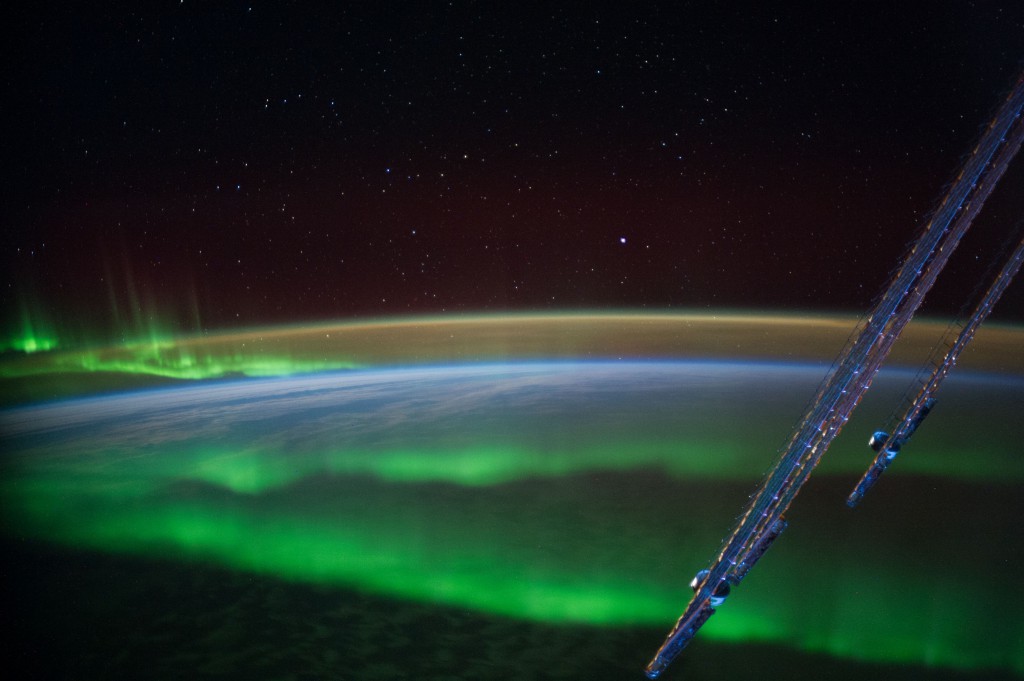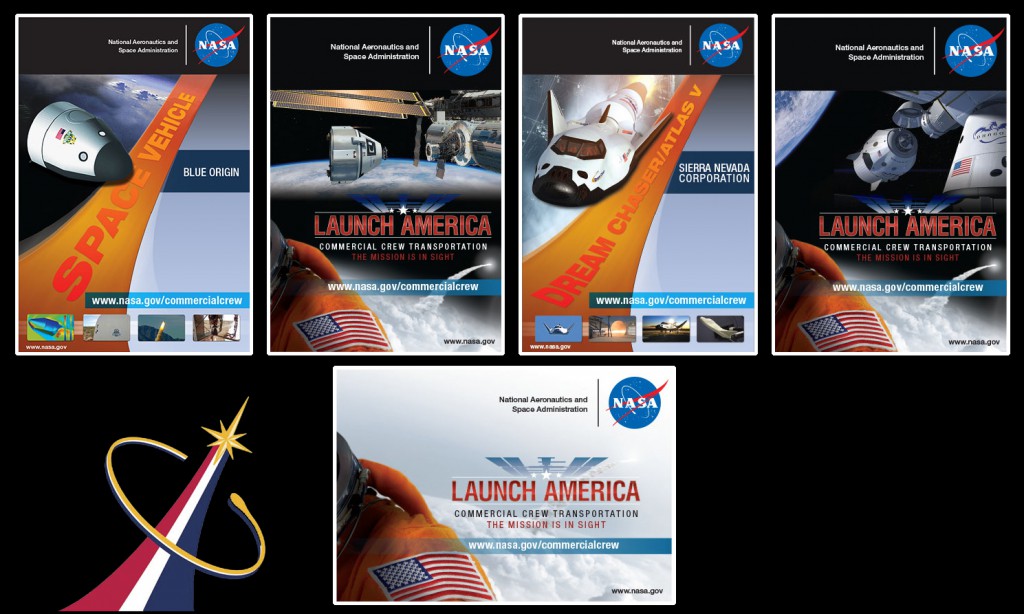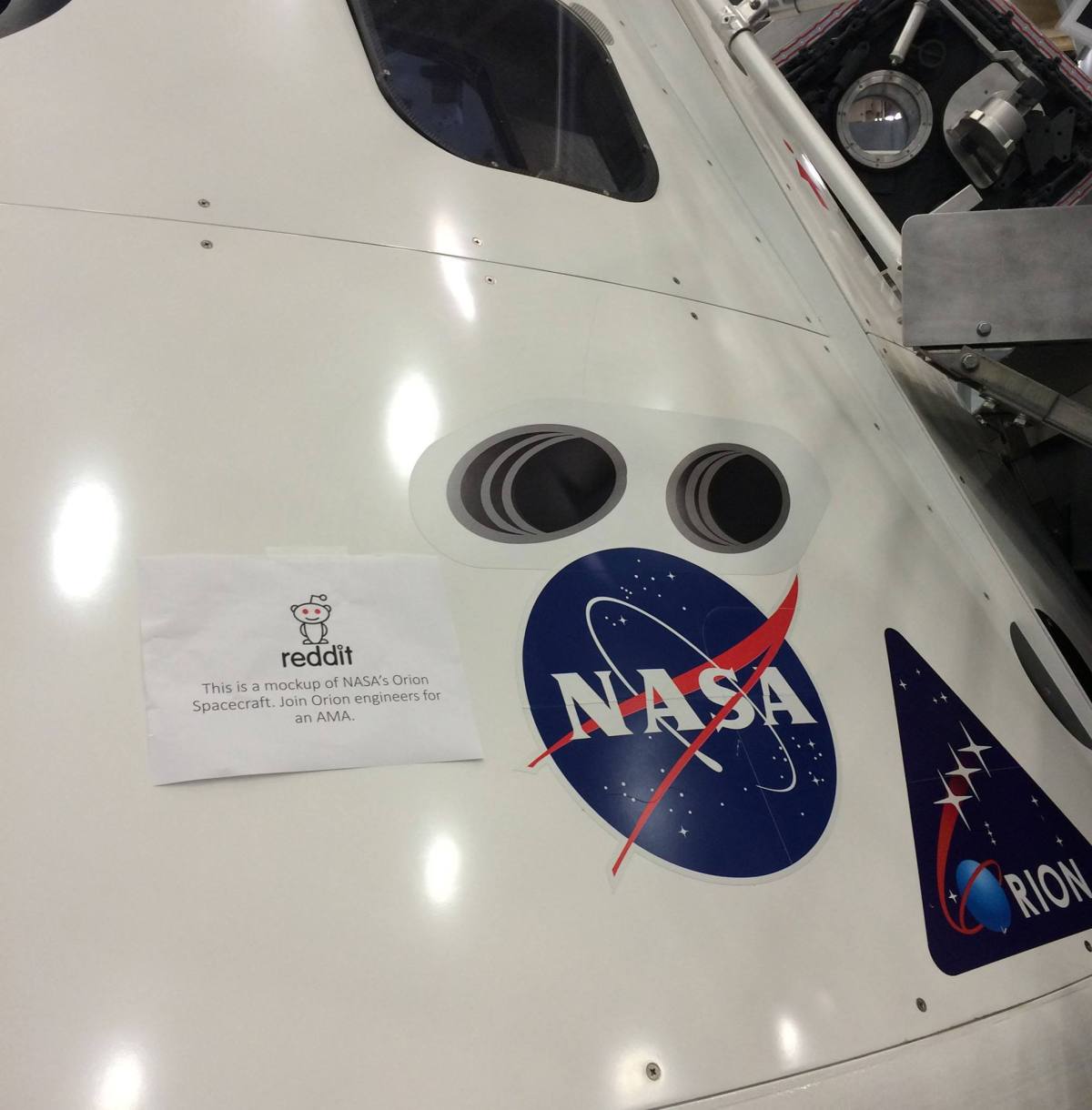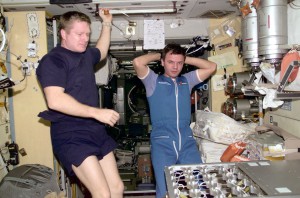At NASA, we’re thankful to have astronauts working off the Earth, for the Earth. Every day, our crew members perform life-changing research like studying the effects of weightlessness on the human body. This research is teaching us how to survive off the planet as well as improving the lives of people living on the planet.
We’re also thankful for the opportunity to work with industry partners to design, build and eventually fly a new fleet of spacecraft capable of transporting crews to and from the station. These systems will not only give the U.S. its own safe, reliable and cost-effective system to transport our crews, but will also enable NASA to send an additional crew member to the space station, who can double the amount of scientific research performed on the station today.
What are you thankful for this Thanksgiving?





 NASA’s Commercial Crew and Orion programs are part of an interdependent approach to space exploration. While NASA’s industry partners are testing their systems and components for missions to low-Earth orbit, the agency is gearing up for the first flight test of a new flagship spacecraft called Orion which is designed to carry astronauts far from Earth. Tune in to today’s
NASA’s Commercial Crew and Orion programs are part of an interdependent approach to space exploration. While NASA’s industry partners are testing their systems and components for missions to low-Earth orbit, the agency is gearing up for the first flight test of a new flagship spacecraft called Orion which is designed to carry astronauts far from Earth. Tune in to today’s 

 Spacecraft developed in partnership with NASA’s Commercial Crew Program are expected to keep that record going when they arrive at the station later this decade carrying astronauts and cargo. The greatest impact of the missions will be to enable double the amount of research aboard the unique research facility. Already, the station has impacted research in numerous fields ranging from biological studies to materials sciences and Earth observations.
Spacecraft developed in partnership with NASA’s Commercial Crew Program are expected to keep that record going when they arrive at the station later this decade carrying astronauts and cargo. The greatest impact of the missions will be to enable double the amount of research aboard the unique research facility. Already, the station has impacted research in numerous fields ranging from biological studies to materials sciences and Earth observations.